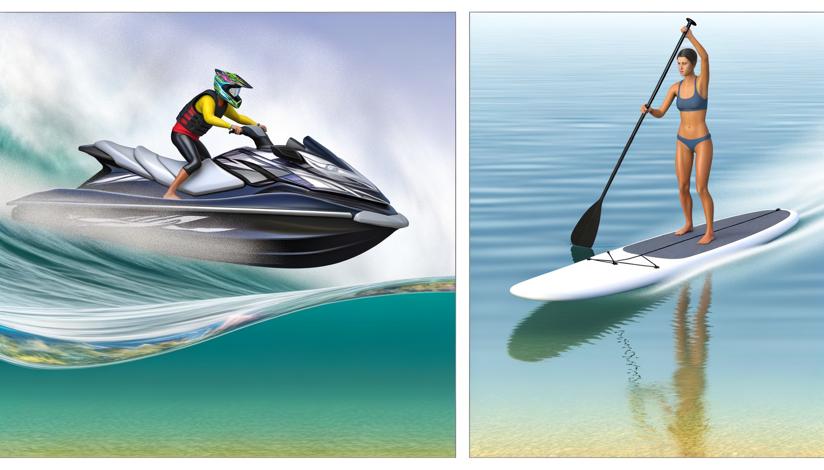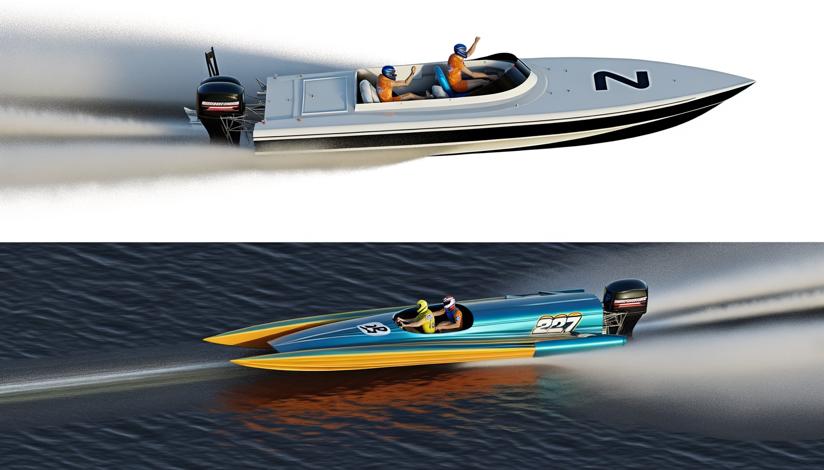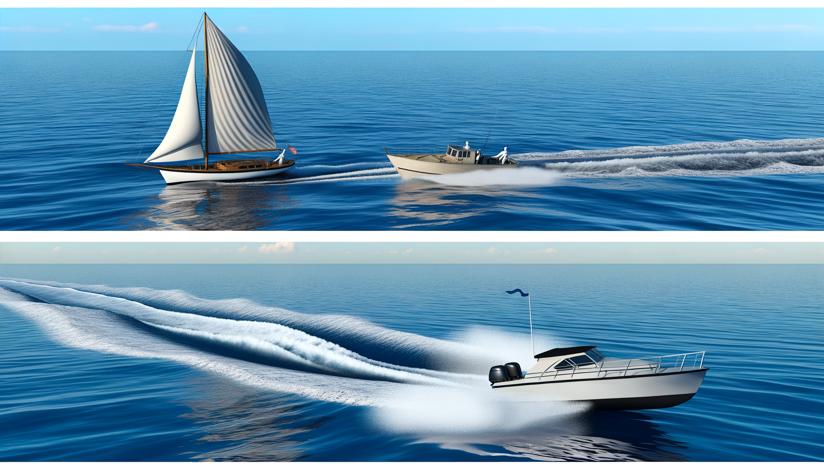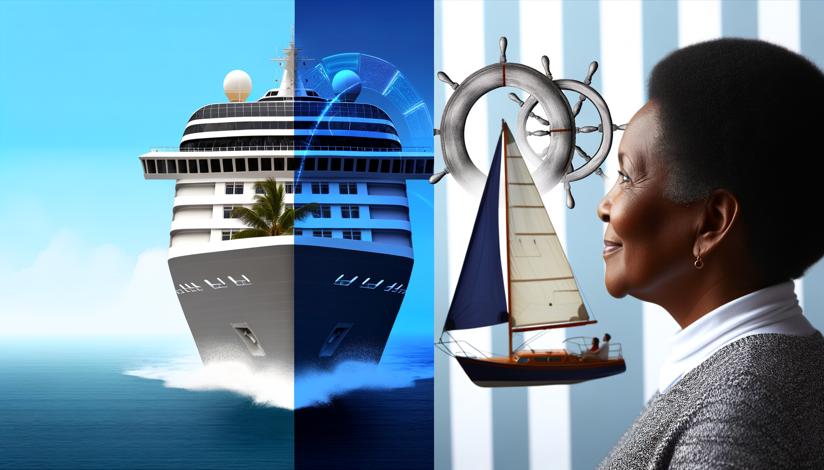

Jet skis, also known as personal watercraft (PWC), are motorized vehicles that offer thrilling and fast-paced rides on the water. They are designed for speed, agility, and maneuverability, making them ideal for adrenaline junkies and those who enjoy high-speed water sports. Jet skis can reach speeds of up to 70 miles per hour and can perform sharp turns, jumps, and tricks.
On the other hand, stand-up paddleboards (SUPs) provide a more relaxed and peaceful experience on the water. They are essentially oversized surfboards that you stand on and navigate with a paddle. SUPs are versatile and can be used for various activities such as recreational paddling, surfing small waves, or even practicing yoga on the water. They offer a great full-body workout and are suitable for all ages and skill levels.
Now let's dive deeper into the advantages and disadvantages of each watercraft. Starting with jet skis, their main advantages are speed, maneuverability, and excitement. Jet skis provide an unmatched thrill and are perfect for individuals who seek an adrenaline rush. They are also great for exploring large bodies of water or participating in water sports such as racing, freestyle tricks, or towing activities like wakeboarding or water skiing.
However, jet skis also have some disadvantages. They can be expensive to purchase, maintain, and operate. Additionally, they can be noisy, which may disrupt the tranquility of the water and disturb other water enthusiasts. Jet skis also require a certain level of skill and responsibility, as they are powerful machines that can be dangerous if not operated correctly.
Moving on to stand-up paddleboards, their primary advantages are versatility, accessibility, and fitness benefits. SUPs are relatively affordable compared to jet skis, and they require minimal maintenance. They can be easily transported and launched into various bodies of water, including rivers, lakes, and oceans. SUPs offer a low-impact full-body workout, improve core strength, balance, and provide a unique perspective while exploring nature.
On the downside, stand-up paddleboards are slower than jet skis and may not deliver the same level of excitement for thrill-seekers. They also require calm water conditions, as choppy or windy conditions can make paddling difficult.
In conclusion, choosing between jet skis and stand-up paddleboards depends on your personal preferences, budget, and the type of experience you are looking for. If you crave speed, adrenaline, and thrilling water sports, a jet ski might be the right choice for you. On the other hand, if you prefer a peaceful, versatile water activity that provides fitness benefits, a stand-up paddleboard is the way to go.
Remember to always prioritize safety, respect local regulations, and be considerate of others when enjoying water activities. Now that you have a better understanding of the differences between jet skis and stand-up paddleboards, you can make an informed decision and enjoy your time on the water to the fullest.

Speed and excitement
Versatility and accessibility

Expensive
Noisy
Requires skill and responsibility















-
https://www.boats.com/explore-and-go-fast-on-a-personal-watercraft/
-
https://www.rei.com/learn/expert-advice/paddleboarding.html




























